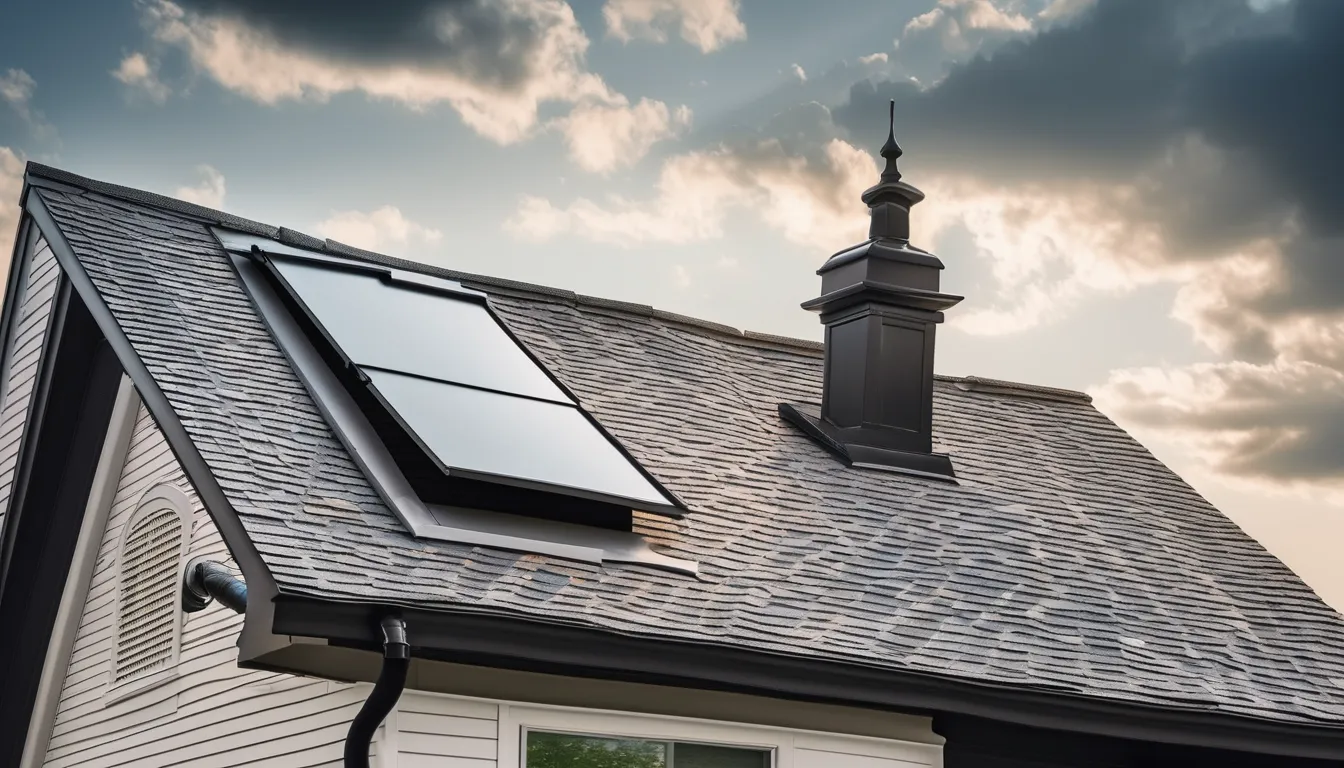As you step outside into your yard, you’re likely thinking about more than just aesthetics – you’re thinking about how to create a space that’s not only beautiful, but also sustainable. You’ve probably considered using eco-friendly materials and conserving water, but where do you start? Assessing your yard’s unique microclimates and capturing rainwater are great first steps. But what other strategies can you implement to create a truly sustainable outdoor space? By making a few key changes, you can transform your yard into an environmentally friendly oasis – but what changes will have the greatest impact?
Sustainable Yard Design Principles
When designing a sustainable yard, you’ll want to start with a solid set of principles to guide your decision-making process.
These principles should prioritize environmental stewardship, efficient resource use, and a holistic approach to yard design. You’ll want to consider your yard’s unique conditions, such as climate, soil type, and existing vegetation, to create a tailored plan.
To start, assess your yard’s microclimates and identify areas that receive full sun, partial shade, or full shade.
This will help you choose plants that thrive in those conditions, reducing the need for irrigation and pruning.
Consider the flow of water through your yard, too, and design your landscape to capture and filter rainwater.
Another key principle is to minimize waste and reduce the need for external resources.
You can achieve this by using compost and mulch to enrich your soil, and by selecting plants that require minimal maintenance.
Eco-Friendly Landscaping Materials
To create a truly sustainable yard, you’ll also want to focus on the materials you use in your landscape design. Choose materials that are locally sourced, have low embodied energy, and are made from recycled or renewable resources.
For example, instead of using concrete pavers, opt for permeable pavers made from recycled materials like crushed glass or brick. These pavers allow rainwater to percolate through, reducing stormwater runoff and filtering out pollutants.
Consider using reclaimed or sustainably sourced wood for decking, fencing, and other structures. Bamboo is another eco-friendly option, as it’s highly renewable and requires minimal maintenance.
When it comes to mulch, choose organic options like wood chips or bark, which help retain moisture and suppress weeds. Avoid using plastic or vinyl materials, as they can leach chemicals into the soil and harm wildlife.
Water Conservation Strategies
Effective water management is the backbone of sustainable landscaping. You can make a significant impact by implementing water conservation strategies in your yard.
Start by installing a rainwater harvesting system to collect and store rainwater for irrigation and other non-potable purposes. This reduces stormwater runoff and decreases your water bill.
Next, consider installing a drip irrigation system or soaker hose to deliver water directly to the roots of your plants, minimizing evaporation and runoff.
You can also use a smart irrigation controller that adjusts watering schedules based on weather conditions and soil moisture levels.
Another strategy is to create a water-efficient landscape design by grouping plants with similar watering needs together.
This technique, known as hydrozoning, reduces water waste by ensuring that plants receive the right amount of water.
Additionally, using mulch and compost can help retain soil moisture, reducing the need for frequent watering.
Native Plant Selection Guide
Selecting native plants for your landscape is a crucial step in creating a sustainable and low-maintenance outdoor space. Native plants are adapted to your region’s climate, soil, and pests, reducing the need for fertilizers, pesticides, and excessive watering. When choosing native plants, consider factors like sunlight, soil type, and moisture levels.
| Plant Type | Drought Tolerance | Maintenance Requirements |
|---|---|---|
| Wildflowers | High | Low |
| Grasses | Medium | Medium |
| Shrubs | Medium | Medium |
| Trees | Low | High |
| Succulents | High | Low |
Choose plants that fit your specific conditions. For example, if your yard receives full sun and has well-draining soil, consider planting wildflowers or succulents. If your yard has partial shade and moist soil, consider planting shrubs or trees. Native plants also provide food and shelter for local wildlife, promoting biodiversity in your yard. By selecting native plants, you’ll create a beautiful and sustainable landscape that requires less maintenance and care. This approach will save you time, money, and resources in the long run.
Energy Efficient Outdoor Lighting
Now that you’ve chosen native plants for your sustainable landscape, it’s time to think about how to illuminate your outdoor space without breaking the bank or wasting energy. Energy-efficient outdoor lighting is a crucial aspect of sustainable 東京 伐採 , as it can significantly reduce your energy consumption and lower your utility bills.
You can start by replacing traditional incandescent bulbs with LED or solar-powered lights. These options aren’t only energy-efficient but also durable and require minimal maintenance.
Consider installing motion-sensitive lights to minimize energy usage when no one is present. You can also use timers to control when your lights turn on and off, ensuring that you’re not wasting energy.
When selecting energy-efficient outdoor lighting, look for products with the ENERGY STAR label, which indicates that they meet energy efficiency standards set by the U.S. Environmental Protection Agency.
Additionally, consider the color temperature and lumens of your lights to ensure they’re suitable for your outdoor space. By making a few simple changes to your outdoor lighting, you can create a sustainable and inviting atmosphere in your yard.
Frequently Asked Questions
How Do I Handle Pest Control Naturally in My Yard?
You handle pest control naturally by introducing beneficial insects, like ladybugs and lacewings, and using neem oil or diatomaceous earth to repel pests, reducing chemical use and maintaining a balanced ecosystem.
What Are the Benefits of Composting for Landscaping?
You’ll reap several benefits from composting, including reduced waste, improved soil structure, and increased nutrient levels. Composting also helps retain moisture and suppress plant diseases, allowing you to grow healthier plants with less maintenance.
Can I Use Recycled Materials for Outdoor Furniture?
You can repurpose old items as outdoor furniture, like turning pallets into benches or using old tires as planters. Get creative and explore thrift stores or your own home for unique, eco-friendly pieces.
Do Solar-Powered Decorations Affect Plant Growth Nearby?
You’re considering solar-powered decorations, but you’re worried about plant growth. Generally, they don’t directly affect nearby plants. However, heat generated from some large solar panels might impact surrounding plants, so placement is key.
Are There Local Regulations for Sustainable Landscaping Practices?
You’re likely curious about local regulations for sustainable practices, and you should check with your city or county government for specific rules and restrictions on water usage, plant choices, and waste management in your area.
Conclusion
By incorporating sustainable yard design principles, eco-friendly materials, and water conservation strategies, you’ll create a beautiful outdoor space that’s gentle on the environment. Native plants and energy-efficient lighting will minimize your carbon footprint. You’ll enjoy a stunning yard that’s not only good for the planet, but also requires minimal maintenance. With these sustainable home landscaping ideas, you’ll redefine your yard and make a positive impact on the environment.






